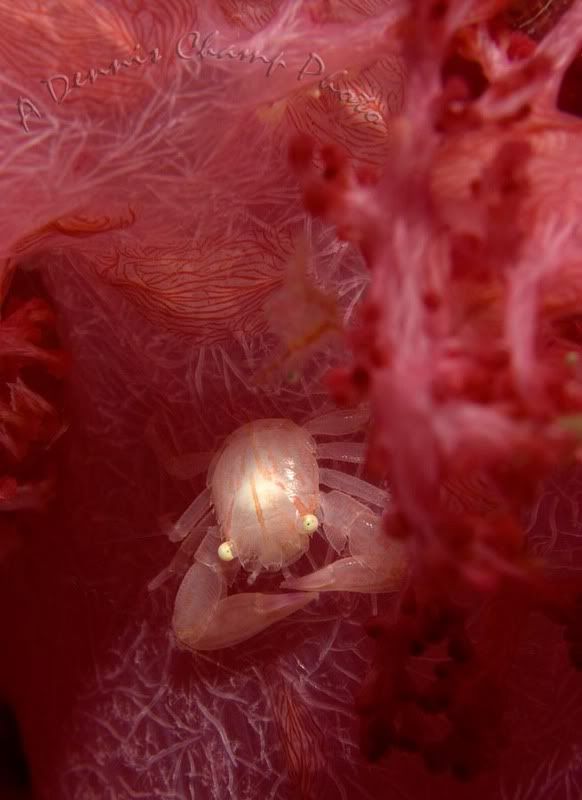Hammerhead
Contributor
Diver Dennis:Very nice post Pak. Thanks for the concrete information.
Actually, my feeling is that it might have been a concrete crab.
Edit: - am I alone in thinking that F3 comes across as a patronising :knob:?
Welcome to ScubaBoard, the world's largest scuba diving community. Registration is not required to read the forums, but we encourage you to join. Joining has its benefits and enables you to participate in the discussions.
Benefits of registering include
Diver Dennis:Very nice post Pak. Thanks for the concrete information.
f3nikon:The bottom line...why should I produce UNDERWATER DIGITAL images when every Digital TTL test shot pictures FAILED on LAND! Or has the water have something to do about making TTL work as you think it should? Maybe it works in saltwater and not in freshwater? Should I also test only on a full moon during a leap year? If the so called "serious photographers" are all in that narrow minded forum, then what are you doing here?


Diver Dennis:Hi Mike! We have been doing stuff here every day and I haven't had much time on the computer but here are 3 TTL shots I took in Tulamben...

Diver Dennis:Does it really matter what methods we choose to use if our shots are the way we like them? If we are not pros selling our stuff, why do we have to please anyone but ourselves? As rjsimp pointed out, why not let beginners use TTL until they feel the need to go manual? You can always teach them better lighting methods after they have been shooting for a while.

Diver Dennis:Does it really matter what methods we choose to use if our shots are the way we like them? If we are not pros selling our stuff, why do we have to please anyone but ourselves? As rjsimp pointed out, why not let beginners use TTL until they feel the need to go manual? You can always teach them better lighting methods after they have been shooting for a while.

